Introduction:
In basketball, a team can have numerous players, but only five are on the court during a game at any given time. Each of these players is assigned a specific position: center, power forward, small forward, point guard, and shooting guard. The team lineup includes five active players and seven substitutes. While many players are versatile enough to play multiple roles, they are generally designated to one primary position. Each basketball position holds its own importance, with distinct responsibilities vital to the team’s success. This article will delve into the roles and duties associated with each basketball position.
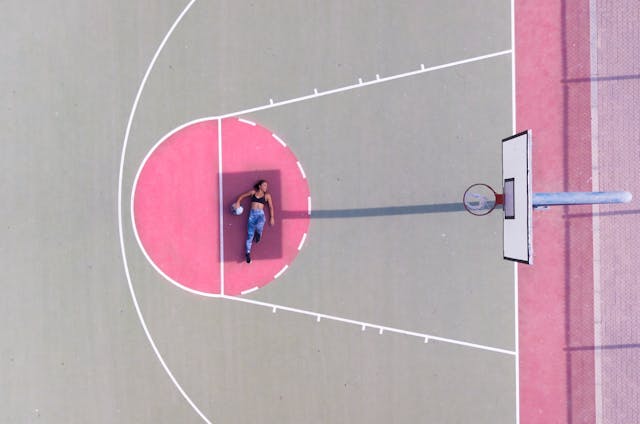
Each of the five typical basketball positions—from tall to extremely tall, with an emphasis on speed or jumping power—fulfills a particular role and calls for a different set of abilities. In addition to introducing you to well-known players, we’ll explain what the various basketball positions entail in this post.
- Point Guard
- Shooting Guard
- Small Forward
- Power Forward
- Center
In Addition, there are hybrid roles that are basically two or more roles in one:
- Combo Guard
- Swingman
- Point Forward
- Tweener
We’ll go over the five positions that are typical for basketball players on the court, as well as four positions that combine regular positions.
LeBron James Game Winning Shoes:
Under Armour Best Selling Shoes:
Point Guard: The brains of the basketball Team:
The point guard holds a crucial role in basketball history, often serving as the team captain and primary strategist on the court. This player calls and executes plays, acting as the team’s playmaker and leader.
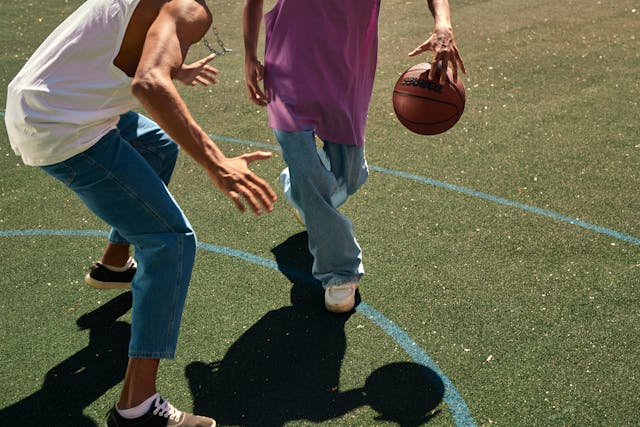
Responsibilities:
As the orchestrator of the team’s offense, the point guard’s success is critical to the team’s performance. This player signals plays and initiates offensive strategies while also working to disrupt the opposing team’s top ball handler on defense. Teaming up with the shooting guard, the point guard forms the backcourt, tasked with advancing the ball from their own half of the court.
Skills:
Point guards are renowned for their speed and agility. They must excel in dribbling and have a keen sense of the game’s flow, allowing them to make quick decisions and adapt on the fly.
Physical Requirements:
Typically, the point guard is the smallest player on the team. In the NBA, point guards usually stand between 6’3″ and 6’7″.
Well-Known Players:
Some of the most iconic point guards in NBA history include:
- Magic Johnson (1979–1991, 1996)
- Stephen Curry (2009–present)
- John Stockton (1984–2003)
- Oscar Robertson (1960–1974)
- Isiah Thomas (1981–1994)
Magic Johnson, named the greatest point guard of all time by ESPN in 2007, is particularly notable for his height at 6’8″, making him an exceptional talent at this position.
Fun fact:
Magic Johnson’s height of 6’8″ makes him a unique figure among point guards, showcasing his extraordinary talent and versatility.
Most Selling Basketball on Amazon:
Shooting Guard :The Versatile Scorer of the Backcourt
The shooting guard, also known as the second guard or off guard, forms the backcourt duo with the point guard. This position is vital for both offensive plays and ball handling.
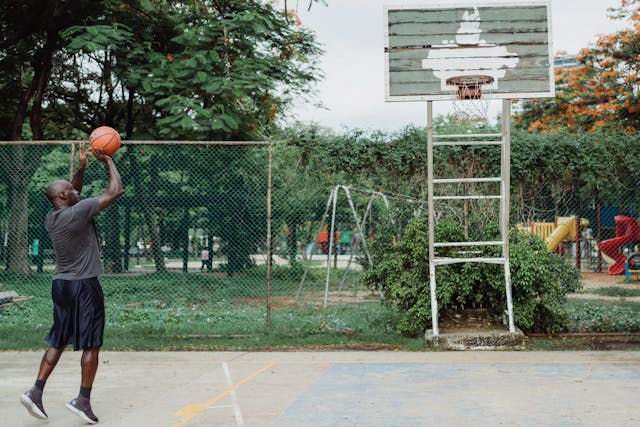
Responsibilities
A shooting guard’s primary duties include dribbling and shooting. While they must be capable of fulfilling the point guard’s role when needed, their focus is on offensive play and scoring.
Fun Fact:
Until the 1940s, the primary role of the shooting guard was passing. The advent of the jump shot revolutionized this position, shifting the focus to shooting.
Skills:
Agility and speed are essential traits for shooting guards. They must be proficient in shooting from long distances and adept at making three-point shots.
Physical Requirements:
Typically, shooting guards are taller and heavier than point guards but still among the smaller players on the court. In the NBA, shooting guards usually stand between 6’1″ and 6’6″.
Well-Known Players:
Some of the most celebrated shooting guards in NBA history include:
- Michael Jordan (1984–2003)
- Kobe Bryant (1996–2016)
- James Harden (2009–present)
- Dwyane Wade (2003–2019)
- Jerry West (1960–1974)
Small forward: The Team’s Versatile All-Rounder:
The small forward is often regarded as the all-rounder on a basketball team. Along with the power forward and center, this position forms the frontcourt, playing a crucial role in both offensive and defensive plays.
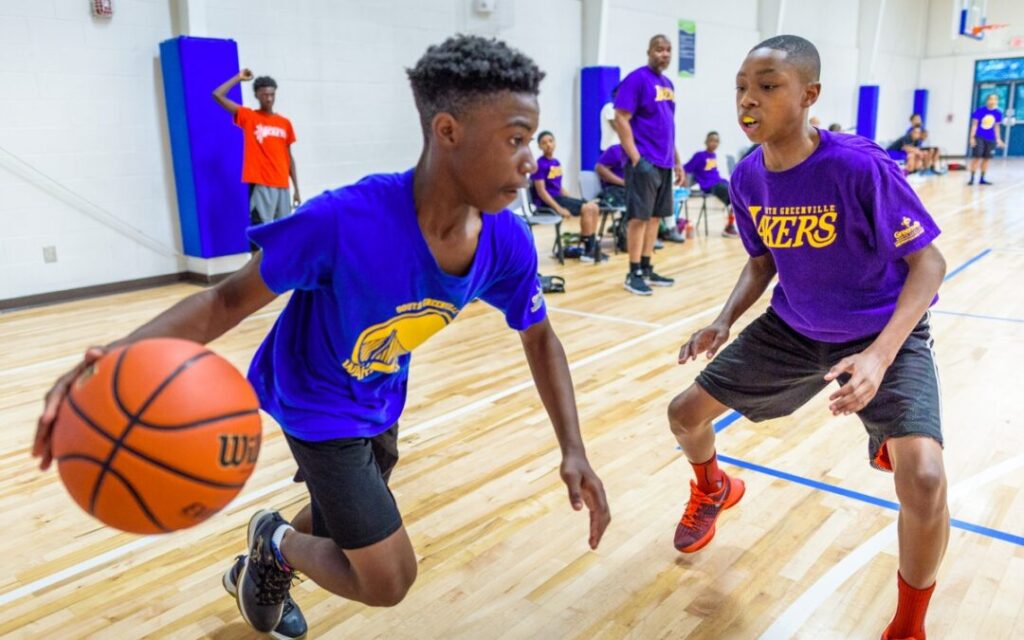
Responsibilities:
A small forward must excel in both offense and defense. Offensively, they need to be able to score from mid-range and beyond the three-point line. Defensively, they are tasked with preventing the opponent’s three-point shots.
Skills:
Small forwards are typically the most athletic players on the team. They need exceptional agility, jumping ability, and dribbling skills to perform their versatile roles effectively.
Physical Requirements:
Small forwards are generally strong and highly athletic. In the NBA, they usually stand between 6’8″ and 6’10” tall.
Famous Players:
Some of the most renowned small forwards in NBA history include:
- LeBron James (2003–present)
- Larry Bird (1979–1993)
- Kevin Durant (2007–present)
- Julius Erving (1971–1987)
- Scottie Pippen (1987–2004)
Fun Fact:
Larry Bird spent his entire illustrious career with the Boston Celtics, wearing the number 33 jersey. The Celtics have retired this iconic number in his honor, and it has not been reissued.
Power forward: The Team’s Powerful Ace
The power forward is a crucial player on any basketball team, combining the skills of a small forward and a center while playing close to the basket.
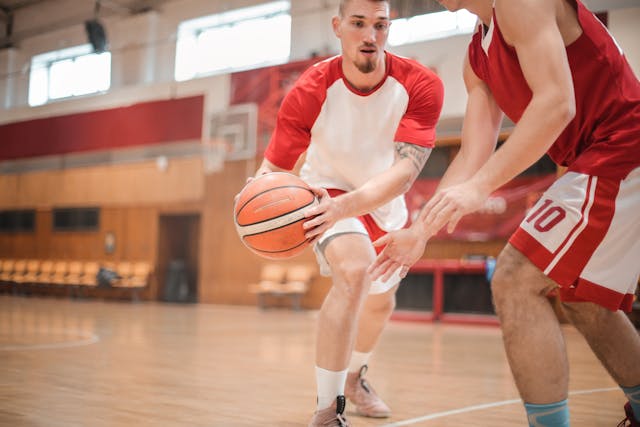
Tasks and Responsibilities:
Power forwards are responsible for grabbing rebounds, setting offensive screens, and blocking shots. In recent years, the role of the power forward has become even more integral to a team’s success. They are expected to shoot three-pointers and dominate in the opponent’s paint when necessary.
Skills:
Strength is essential for a power forward to control the area under the basket. Additionally, they need to be accurate shooters to contribute effectively on offense.
Physical Requirements:
Power forwards are typically very strong and are usually the second tallest players on the team. In the NBA, they generally range from 6’7″ to 6’10” tall.
Famous Players:
Some of the most recognized power forwards in NBA history include:
- Dirk Nowitzki (1998–2019)
- Tim Duncan (1997–2016)
- Kevin Garnett (1995–2016)
- Karl Malone (1985–2003)
- Charles Barkley (1984–2000)
Fun Fact:
Charles Barkley, known as “The Round Mound of Rebound,” was notable for his unique stature. At 6’4″, he was shorter and stockier than the typical power forward, yet he excelled at the position.
Center: The Dominant Force in Basketball
The center, often referred to as the inside player, five-man, or “big man,” is the backbone of any basketball team. As the tallest player on the court, the center’s role is crucial in both offensive and defensive plays.
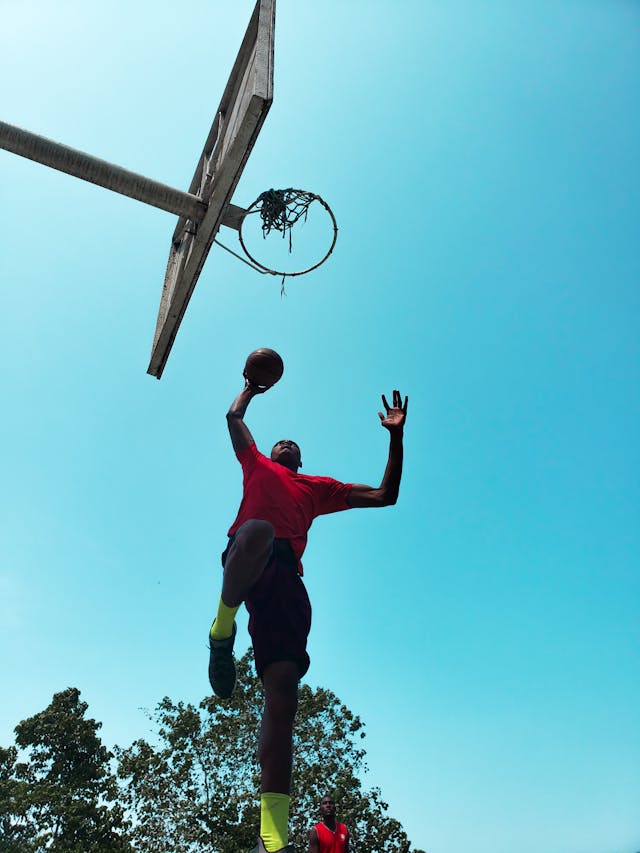
Responsibilities:
The center’s primary duties include snatching rebounds, dominating the paint, and playing with their back to the basket. They are essential on both ends of the court, making pivotal plays in offense and defense.
Skills:
Beyond their towering height and impressive strength, centers need to possess agility and quickness. Being a reliable shooter also adds significant value to their role.
Physical Requirements:
Centers are the tallest and strongest players on the team. In the NBA, they typically stand no shorter than 6’9″.
Famous Players:
Some of the most iconic centers in NBA history include:
- Shaquille O’Neal (1992–2011)
- Kareem Abdul-Jabbar (1969–1989)
- Bill Russell (1956–1969)
- Wilt Chamberlain (1959–1973)
- Hakeem Olajuwon (1984–2002)
Fun Fact:
Kareem Abdul-Jabbar, who retired in 1989, remains second in NBA history for the most points scored, with an astounding 38,387 points.
Conclusion:
In today’s basketball landscape, the game has evolved beyond traditional roles as previously outlined. We’ve entered an era of ‘positionless basketball,’ where versatility is key. Players are now expected to excel in multiple facets of the game, regardless of their designated position.
This new approach means we see 7-foot-tall point guards who can compete with the best big men for rebounds, as well as centers who can confidently lead a fast break. To prepare players for the highest levels of competition, it’s essential to train them to play and defend any position on the court. Embracing this versatility will ensure they are ready to excel in the dynamic and ever-evolving world of modern basketball.
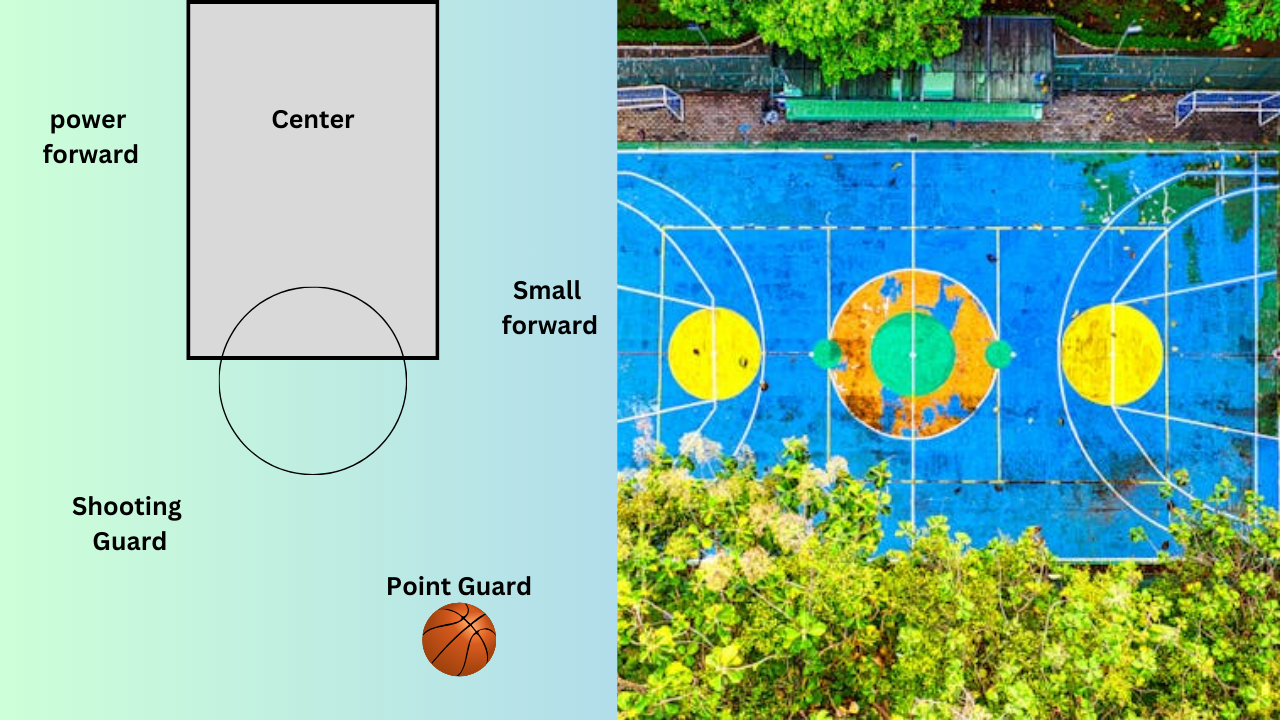


Pingback: Basketball Sizes Chart: What Size Ball Should a Players Use ? (By Age)
Секреты успешного арбитража трафика, которые помогут вам заработать больше.
5 причин начать заниматься арбитражем трафика прямо сейчас, без опыта в онлайн-бизнесе.
Как выбрать подходящие источники трафика для арбитража, для эффективного монетизации вашего трафика.
Секреты эффективного таргетирования для максимального конверта, которые принесут вам стабильный доход.
Способы заработка на арбитраже трафика без рисков и потерь, благодаря эффективным стратегиям и инструментам.
арбитраж трафика казахстан traffic-arbitrage.com .
A reliable SEO company for improving search engine rankings, professional help in the field of SEO.
How to choose the best SEO company, recommendations from specialists.
Benefits of cooperating with an SEO company, what to expect from cooperation.
Assessment of market leaders in SEO services, real reviews.
Effectiveness of an SEO company for your website, key benefits.
shopify seo optimisation https://seorg-seo.com .
Wedding Bells: the embodiment of your wedding fantasies, make.
wedding videographer prices bestwedding-video.com/wedding-videography .
Кредит под залог: путь к стабильности, все преимущества.
кредит под залог недвижимости калькулятор ctekc.ru .
Pingback: 10 Basketball Cuts Every Player Must Know